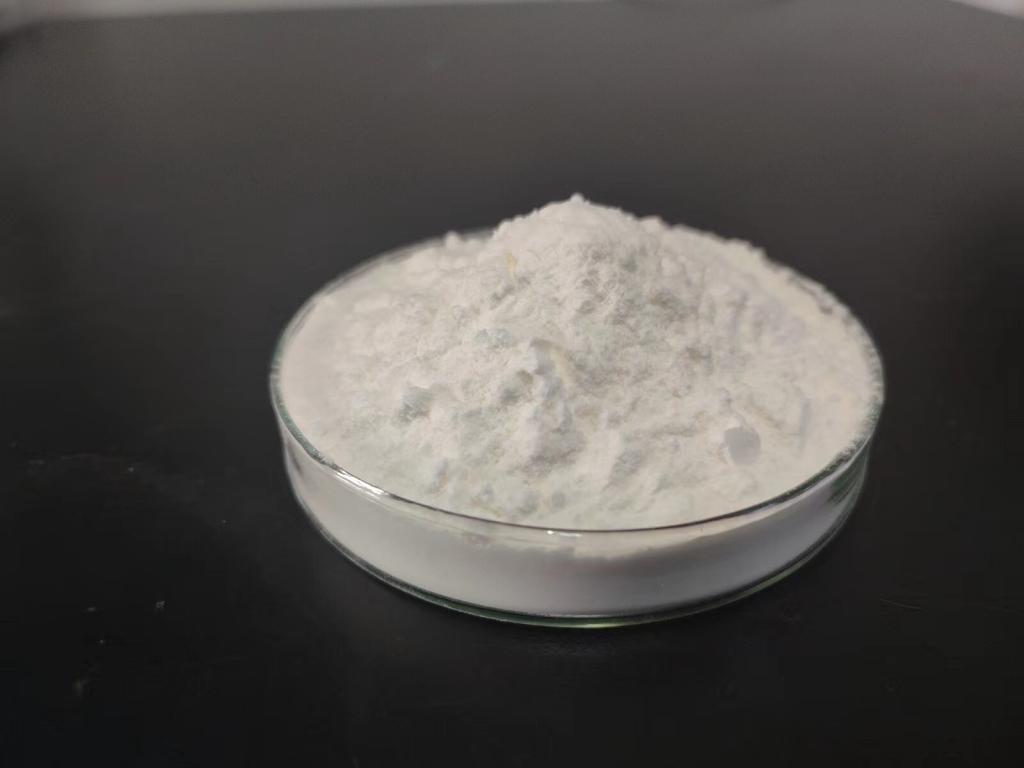Tel:+8618231198596

News
 CONTACT
CONTACT
 CONTACT
CONTACT
- Linkman:Linda Yao
- Tel: +8618231198596
- Email:linda.yao@dcpharma.cn
- Linkman:CHARLES.WANG
- Department:Overseas
- Tel: 0086 0311-85537378 0086 0311-85539701
News
Current Position:
Home >
News
>Advancing Biotechnology: The Futuristic Potential of ε-Polylysine Hydrochloride
Advancing Biotechnology: The Futuristic Potential of ε-Polylysine Hydrochloride
TIME:2023-12-08
Understanding ε-Polylysine Hydrochloride: A Molecular Marvel
ε-Polylysine Hydrochloride is a naturally occurring homopolymer of the amino acid lysine, derived from the bacterium Streptomyces albulus. Its unique structure, characterized by a series of lysine residues, imparts it with remarkable properties, making it an attractive candidate for various biotechnological applications.
Antimicrobial Marvel: Beyond Traditional Antibiotics
One of the primary features that make ε-Polylysine Hydrochloride stand out is its potent antimicrobial properties. In an era where antibiotic resistance poses a significant global threat, ε-Polylysine Hydrochloride offers a new avenue for combating pathogenic bacteria. Its mechanism of action involves disrupting microbial cell membranes, a selective process that minimizes the risk of resistance development.
Applications in Medicine: A New Frontier
The medical field stands to benefit significantly from the futuristic applications of ε-Polylysine Hydrochloride. From innovative antimicrobial therapies to advanced drug delivery systems, its potential is poised to revolutionize the way we approach healthcare.
Novel Antimicrobial Therapies:
The rise of antibiotic-resistant bacteria necessitates novel approaches to combat infections. ε-Polylysine Hydrochloride, with its ability to target a broad spectrum of bacteria and fungi, becomes a promising candidate for the development of next-generation antimicrobial therapies. Research is underway to explore its effectiveness against notorious pathogens that have eluded traditional antibiotics.
Drug Delivery Systems:
The unique properties of ε-Polylysine Hydrochloride, including its biocompatibility and controlled release potential, make it an ideal candidate for drug delivery systems. Its use in nanomedicine, where drugs are encapsulated within ε-Polylysine Hydrochloride nanoparticles, offers the possibility of precise drug targeting and sustained release, improving therapeutic outcomes and minimizing side effects.
Environmental Sustainability: A Green Revolution
In the quest for sustainable solutions, ε-Polylysine Hydrochloride emerges as a green alternative with applications spanning waste management, agriculture, and environmental protection.
Waste Management and Biodegradation:
As a biodegradable compound, ε-Polylysine Hydrochloride holds promise in waste management. Its ability to break down into harmless byproducts under natural conditions makes it an eco-friendly alternative to traditional plastics and synthetic materials. Research is ongoing to explore its potential in creating biodegradable packaging materials and reducing the environmental impact of plastic waste.
Agricultural Innovations:
In agriculture, ε-Polylysine Hydrochloride showcases its potential as a sustainable solution for pest and pathogen control. By leveraging its antimicrobial properties, researchers are exploring its use as a biopesticide, offering an environmentally friendly alternative to chemical pesticides that can have detrimental effects on ecosystems.
Biotechnological Engineering: Shaping the Future
Beyond its applications in medicine and sustainability, ε-Polylysine Hydrochloride plays a pivotal role in biotechnological engineering, contributing to the development of innovative materials, biofuels, and biocompatible technologies.
Smart Materials:
The unique properties of ε-Polylysine Hydrochloride, including its ability to form films and coatings, contribute to the creation of smart materials. These materials can have applications in responsive packaging, sensors, and biomedical devices, where controlled release and antimicrobial properties are essential.
Biocompatible Technologies:
As biocompatibility is a key consideration in medical and biotechnological applications, ε-Polylysine Hydrochloride's natural origin and low toxicity make it an attractive component in the development of biocompatible technologies. From implant coatings to medical devices, its incorporation enhances safety and reduces the risk of adverse reactions.
Challenges and Innovations: Navigating the Future
While ε-Polylysine Hydrochloride holds immense potential, navigating the future requires addressing challenges and fostering innovation. Researchers are actively exploring cutting-edge solutions to optimize its properties and expand its applications.
Nanotechnology and ε-Polylysine Hydrochloride:
Nanotechnology presents a frontier where ε-Polylysine Hydrochloride can shine. Researchers are investigating nanoscale applications, such as the development of ε-Polylysine Hydrochloride-based nanocomposites and nanoparticles, to unlock new possibilities in drug delivery, imaging, and diagnostics.
Gene Editing and Biomedical Engineering:
Advancements in gene editing technologies, such as CRISPR-Cas9, open avenues for ε-Polylysine Hydrochloride in biomedical engineering. By incorporating it into gene delivery systems, researchers aim to enhance the precision and efficiency of gene therapies, offering new solutions for genetic disorders and personalized medicine.
Regulatory Landscape: Paving the Way for the Future
As ε-Polylysine Hydrochloride ventures into new frontiers, regulatory considerations play a crucial role in ensuring its safe and ethical deployment. Collaborative efforts between researchers, industry stakeholders, and regulatory bodies are essential to establish guidelines that foster innovation while prioritizing safety and ethical standards.
Future Prospects: ε-Polylysine Hydrochloride in Tomorrow's World
The future prospects of ε-Polylysine Hydrochloride are vast and dynamic, poised to shape the landscape of biotechnology in the years to come. From revolutionizing healthcare to contributing to environmental sustainability and advancing biotechnological engineering, ε-Polylysine Hydrochloride is set to be a cornerstone of innovation and progress.
Conclusion: ε-Polylysine Hydrochloride - A Vision of Tomorrow
In conclusion, ε-Polylysine Hydrochloride emerges as a beacon of promise in the realm of biotechnology. Its unique properties, spanning antimicrobial prowess, biodegradability, and biocompatibility, position it as a versatile tool with transformative potential. As research and innovation continue to unveil its capabilities, ε-Polylysine Hydrochloride stands on the cusp of defining the biotechnological landscape of tomorrow, offering solutions to some of the most pressing challenges in healthcare, sustainability, and beyond.
- Tel:+8618231198596
- Whatsapp:18231198596
- Chat With Skype







